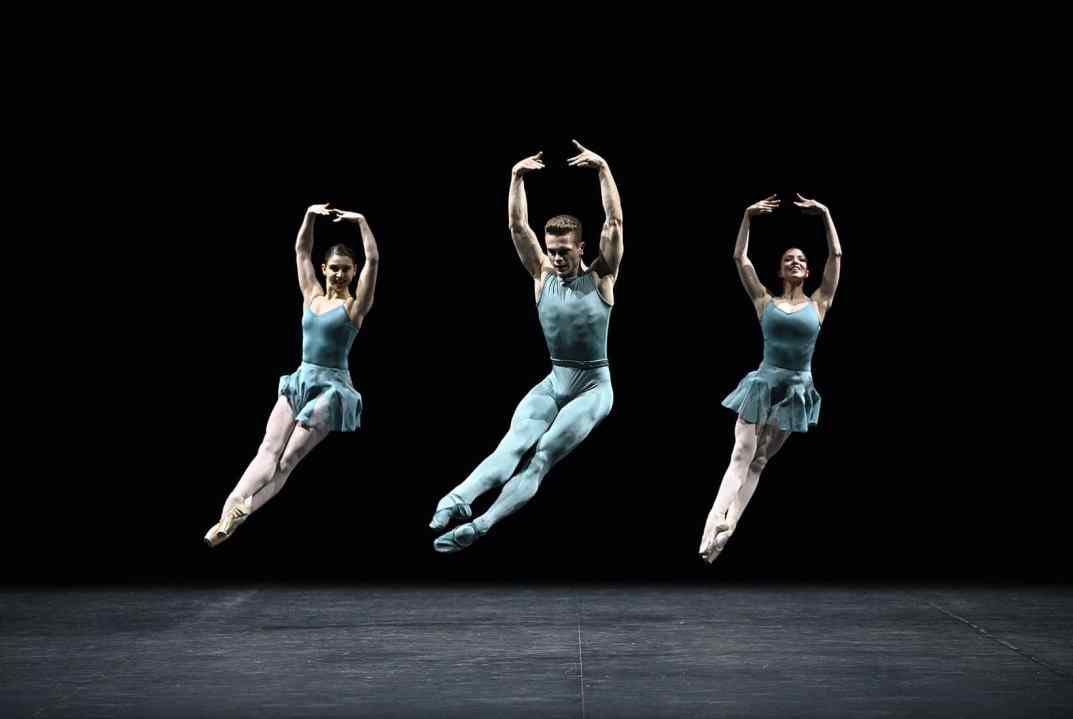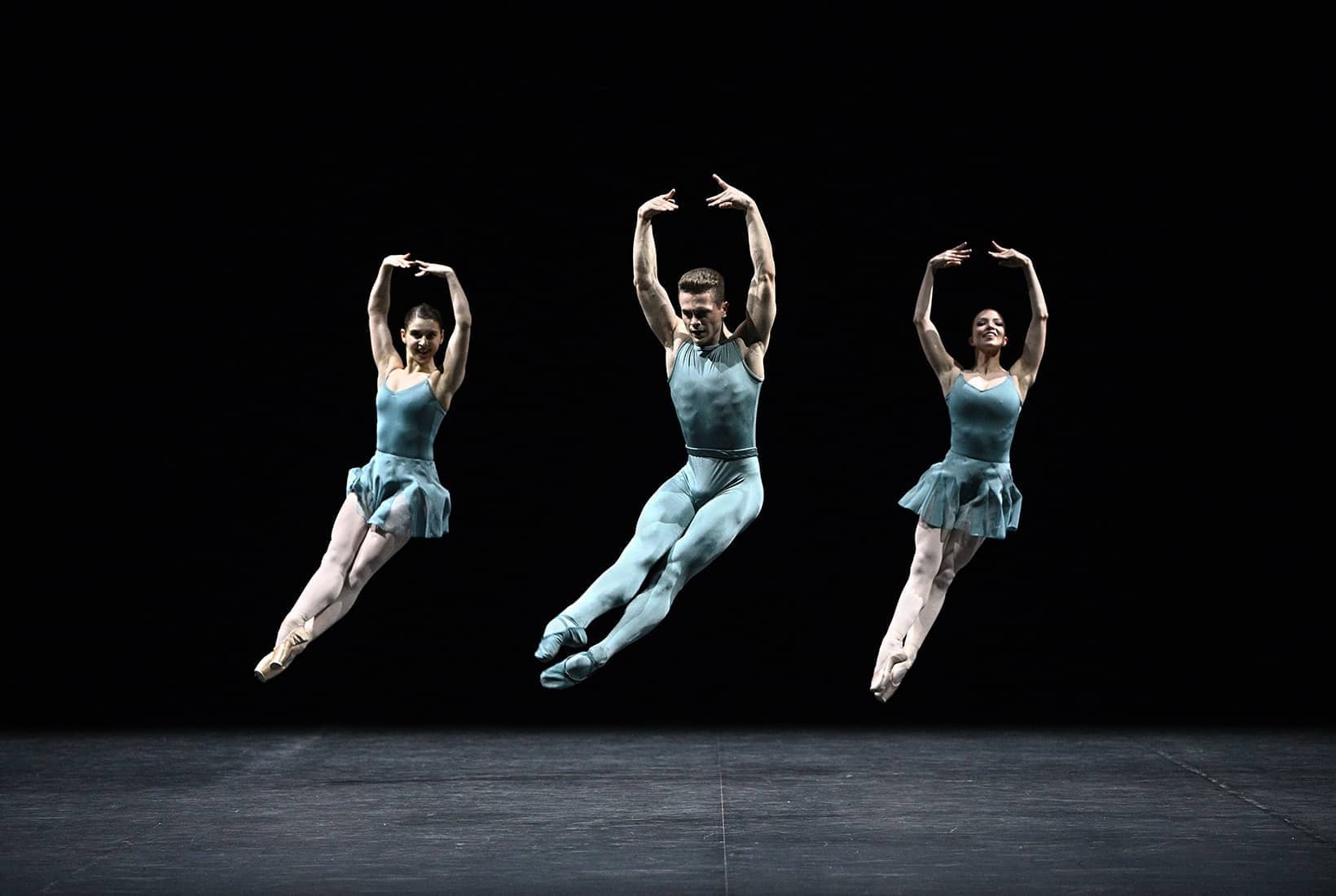One wouldn’t want to be on the wrong side of Tamara Rojo. The most fearsome figure on the British dance scene since the authoritarian reign of Ninette ‘Madam’ de Valois, she has capped a brilliant international career as a prima ballerina with a formidable decade as artistic director of English National Ballet (as well as the award of a PhD, the patented invention of an anti-bunion device and the birth of her first child at the age of 46). She is now about to move on with her dancer husband Isaac Hernandez, 16 years her junior, to a similar position in San Francisco. The Bay Area doesn’t know what a tornado is on its way.
How does her achievement at ENB stack up? Her managerial style has been, er, forceful, and it has yielded results. Nothing if not ambitious, she has undoubtedly raised the overall standard of dancing in the company, though she has struggled to find women to promote to the highest level. On the male side, she lost Vadim Muntagirov and Cesar Corrales to the Royal Ballet, but found several others to compensate. This reflects a current global imbalance.
Madam Rojo has taken no prisoners and stuck to her guns, albeit leaving some blood on the floor
In terms of repertory, she has had some striking successes, notably in championing women choreographers, commissioning Akram Khan’s revisionist version of Giselle and winning a licence to perform Pina Bausch’s The Rite of Spring. Another of her coups was bagging the services of the septuagenarian American master William Forsythe, and it is with two of his works that Rojo is making her ENB swansong to London.
It’s a good call. Forsythe combines a nimble and subtle mind with a vivid imagination. His style of physical exuberance seems to empower dancers and ENB’s brigade, which spends a lot of the time confined to a diet of The Nutcracker and Swan Lake, meets its quirky challenges with relish.
Forsythe doesn’t deconstruct the classical vocabulary so much as question and enlarge it, putting its formalities and conventions through their paces, sometimes at breathtaking speed, sometimes with a sharp twist or bend, often with a sense of a symmetry to be stated, broken and reassembled. It’s as exhilarating to watch as it must be to dance, and it’s fascinating to realise that a coherent architecture is structuring its frenetic moves and alterations of tempo.
First up is Blake Works I, originally created for the Paris Opera Ballet in 2016. Using the eerie trance-music of James Blake as its backdrop, it’s more lyrical and reflective than Forsythe’s norm, avoiding pelvic thrusts and racing exits for something more courtly and refined. A witty pas de trois highlights the burgeoning talent of Rhys Antoni Yeomans, a former Billy Elliot and a performer with real panache.
Following Blake Works I is Playlist (EP). This is an extended version of a piece Forsythe made for ENB in 2018, designed to show off the company’s male dancers (and, incidentally, to provide supportive evidence for my proposition in last week’s column that ballet is currently biased towards masculinity). Like soccer players, the dozen guys have their surnames emblazoned on the back of their shirts and they seem in fierce but friendly competition, joshing and jostling and preening in thrilling riffs of batterie, jetés and pirouettes. Jeffrey Cirio is the dazzling star turn here. But Forsythe’s decision to add four sections including women dancers dilutes the impact of what was a suggestive statement about male herd behaviour.
Where does ENB go from here? Rojo’s successor can build on strong foundations, but change is necessary. A brave Arts Council might suggest to ENB’s board that the company needs to change its scale and focus. As currently constituted, it is too reliant on a handful of 19th-century classics when it moves outside London, which isn’t often enough. With a full corps and orchestra, it is too cumbersome a beast to visit university cities with medium-sized theatres such as Oxford, Cambridge, York and Bath where the demand for more adventurous fare would be great. Like English National Opera, ENB needs to be lighter on its feet, doing more to join the Level Up agenda and justify the honorific ‘National’, while operating in collegiate partnership with Northern Ballet and Birmingham Royal Ballet.
Meanwhile, hats off in adieu. Madam Rojo has taken no prisoners and stuck to her guns, albeit leaving some blood on the floor. She has rare courage and integrity, and I have no doubt that if she were running the country, we wouldn’t be in the dreadful mess in which we are currently sunk.







Comments